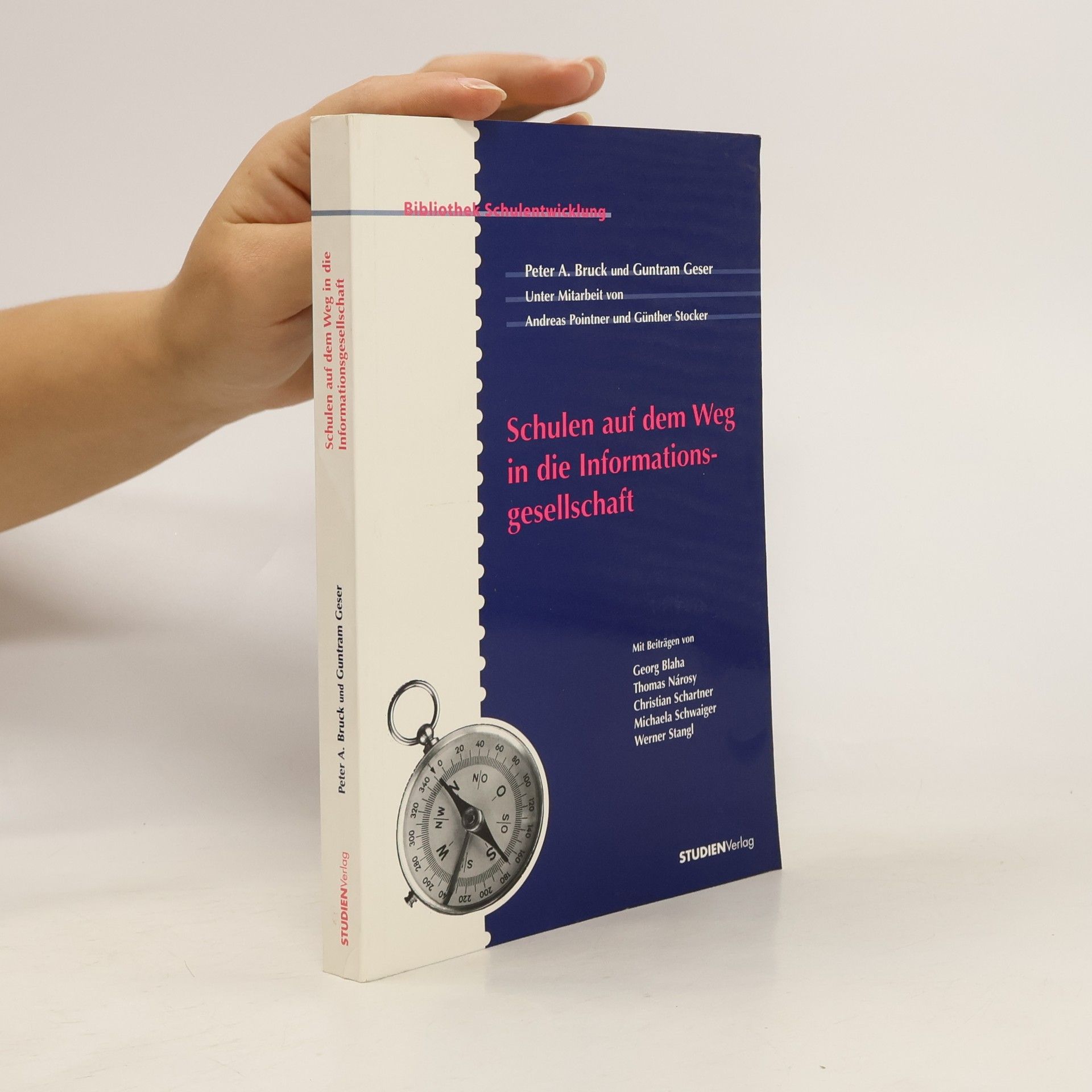Dieses Buch wurde für BildungspolitikerInnen, Schulbehörden, Schuldirektionen, Lehrkräfte und interessierte Schulpartner geschrieben. Es soll Orientierungen hinsichtlich einer sinnvollen Integration von Informations- und Kommunikationstechnologien in die Schule geben und hält mit kritischen Einschätzungen nicht hinter dem Berg. Anstelle einer nicht zielführenden Techno-Euphorie werden pragmatische Zugangsweisen empfohlen, die schrittweise und ohne Überforderung der Beteiligten erfolgen können. Es geht nicht darum die Schulen und Lehrkräfte mit Listen von neuen Anforderungen zu erschlagen, sondern gangbare Wege aufzuzeigen und auf die Hürden hinzuweisen, die bei der Integration von IKT in den Unterricht zu bewältigen sind.
Peter A. Bruck Knihy
